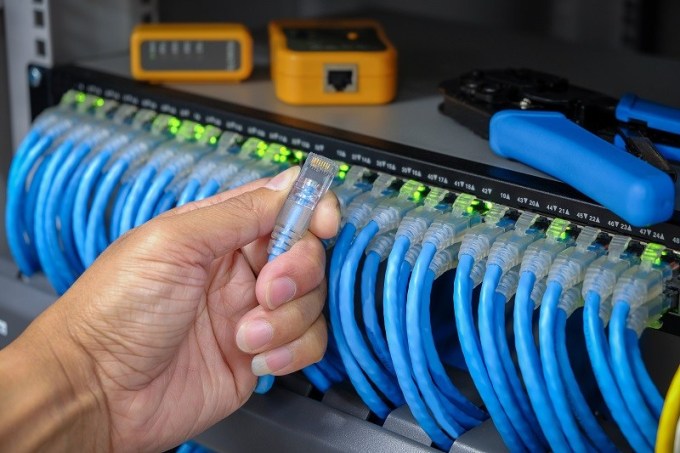
Internet
penetration in India is a major concern and will be for a while. Only 400 million
of India’s 1.2 billion strong population is online, after all. As fiber optic technology continues to
revolutionize the telecommunication and data capabilities of a range of
industries, the average individual may not understand the advantages that fiber
optic technology provides for us in our everyday life. To better understand the
advantages and capabilities of fiber optic technology, we’ll outline a few
basics touch points of fiber optics and their contribution to our everyday
lives. Let us catch up on the benefits of optical fiber over traditional
metallic wire.
Benefits of Optic Fibers Vs. Traditional Metallic Wiring?
Besides the
fact that conventional metallic wiring is far more expensive to produce, fiber
optics deliver a superior amount of quality, convenience, and durability
currently unmatched in telecommunication technology. Although the majority of
our practical applications in the past used metallic wiring, fiber optics technology is rapidly growing and seems likely to stay for
generations to come.
We’ve
included a few advantages that optic fibers have over metallic wiring below:
Digital signalling: Optical fibers are suited naturally to accommodate
digital information, a dominant form of data that we use for computer networks.
Optimized Capacity: Copper or metal wires are very thick, and are unable
to be as portable or flexible as fiber optic wires due to the fiber’s hair-like
thinness. This allows fiber optic wires to optimize carrying capacity, allowing
more channels to be available in any given area.
Signal Integrity: Losing signal is far less common with fiber
optics. Especially considering the majority of transmitted data is digital. The
core of the optic fiber cable is made of glass, rendering the signal immune
against electrometric interference, crosstalk, impedance issues, and more.
Affordable: The production of optical cables are less
expensive than the production of copper wire. When considering the advantages
and capabilities of fiber optics in comparison to metallic wiring, the
affordability increases the value of usage over copper wire immensely.
Light Signaling: Where metallic wiring utilizes analog, electrical
signals, optic fibers utilize light. This means that one fiber does not
interfere with another fiber within the same wire, allowing for a clearer
signal during phone calls or while using the internet.
Flexibility: The usage of fiber optic technology is highly
adaptable to many industries. Telecommunications and computer networking
specifically, which utilize fiber optics to maintain performance, are used
frequently as essential parts of modern living. Optic fiber cables are also
immune to environmental damage, protecting them against temperature
fluctuations that could otherwise damage metallic wires. In addition, optic
fiber wires can be submerged in water, allowing them to reach destinations
otherwise impossible for copper cables.
Increased Safety: Optic fiber cables do not use electricity, and
therefore there is no chance of sparking or fire hazards.
In Conclusion
In today’s
world, many businesses and individuals rely on a dependable and proficient
connection to perform their daily tasks. Fiber optic technology delivers
service on a level of quality that commercial organizations and industries
recognize. In fact, the majority of these industry leaders have moved onto
fiber optic technology as it continues to make its way throughout all areas of
telecommunication.
The
expansion of fiber optics within internet services, television, streaming
media, network gaming, social media, and more, has made a profound impact in
what both individuals and organizations have the ability to do. Fiber optic
technology will continue to offer many more opportunities to provide users with
affordable, more convenient, and higher quality data communication. Do check
LAPP, cable manufacturers in India if you have the requirement of quality fiberoptic cables.
Comments
Post a Comment